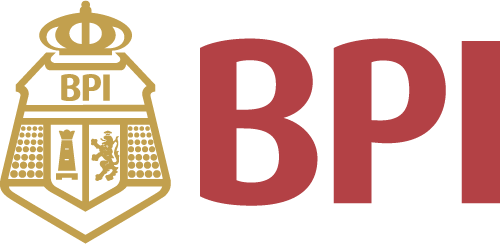All Categories
How Long Do You Think It's Gonna Last?
Share Tweet
*Price and Stocks may change without prior notice
*Packaging of actual item may differ from photo shown
- Electrical items MAY be 110 volts.
- 7 Day Return Policy
- All products are genuine and original








About How Long Do You Think It's Gonna
Ever since childhood, learning to play various instruments in a suburban Cincinnati basementalongside his brother Bryce, Aaron Dessner has consistently sought an emotional outlet and deephuman connection through music - be it as a primary songwriter in The National, a founder andarchitect of beloved collaboration-driven music festivals, or collaborator on two critically acclaimedand chart-topping Taylor Swift albums recorded in complete pandemic-era isolation at his LongPond Studio in upstate New York, among many other projects. Through it all, Dessner has broughttogether an unlikely community of musicians that share his impulse to connect, celebrate and, mostof all, process emotion and experience through music. This generous spirit and desire to push music forward has never been more deeply felt than on BigRed Machine's "How Long Do You Think It's Gonna Last?," the second album from Dessner's evermorphing project with Bon Iver's Justin Vernon. In 2008, while assembling material for the charitycompilation "Dark Was the Night," Dessner sent Vernon a song sketch titled "big red machine".Vernon interpreted "big red machine" as a beating heart and finished the song accordingly - ametaphor Dessner says "still sticks with me today. This project goes to many places and is alwayson some level about experimentation, but it shines a light on why I make music in the first place,which is an emotional need. It's one of my therapies and one of the ways I interrogate the past." Released in 2018, Big Red Machine's self-titled debut album evolved from improvisation and whatDessner calls "structured experimentalism," with an ear toward building tracks that would work wellin a live setting alongside visual elements. When Dessner and Vernon started the Eaux Claires MusicFestival in 2015, they staged the original "Big Red Machine" as an improvisation-based performancepiece. They later took that show to the PEOPLE collective's Berlin residency and festival, and toDessner's Haven Festival in Copenhagen. "Big Red Machine started as this thing we would do forfun, and we fell in love with the feeling of it," says Dessner." Vernon agrees: "I remember it feelingreally easy, but we never knew what would happen. It was exciting. As time went on, we just keptdoing things together. And our friendship has grown strong, alongside all the collaborative stuff."New Big Red Machine material began taking shape in spring 2019, when Vernon cameto visit Dessner at Long Pond. The first week produced songs such as "Reese," "8:22am"and eventual album opener "Latter Days," a haunting number sung by Vernon and AnaïsMitchell that set the emotional tenor for what was to come. "It was clear to her that theearly sketch Justin and I made of Latter Days was about childhood, or loss of innocence andnostalgia for a time before you've grown into adulthood - before you've hurt people or lostpeople and made mistakes. Anaïs defined the whole record When she sang that, as these same themes kept appearing again and again," Dessnersays. In the ensuing months, Vernon and Dessner would meet up when they could, and inthe meantime, Dessner developed the existing material and wrote new instrumental trackswhich he sent Vernon, always eager to hear what he would receive back. "Justin is incredibly gifted, but he's also disruptive in the best way," says Dessner, pointingto the first note of the song "Birch" as a prime example. "It's absolutely brilliant, but it wasvery surprising when I heard it the first time. I can't tell you what that interval is. There aremany moments working with him where your head hits the wall in amazement like that." In the early stages of the pandemic, Swift approached Dessner to work with her on whatwould become the sister albums "folklore" and "evermore." Dessner describes this periodas a "creative blur," during which he'd be writing material for Swift and Big Red Machinesimultaneously. "I think this was an intense growing period for me, I was learning so muchfrom Ta




 (1)
(1)

















